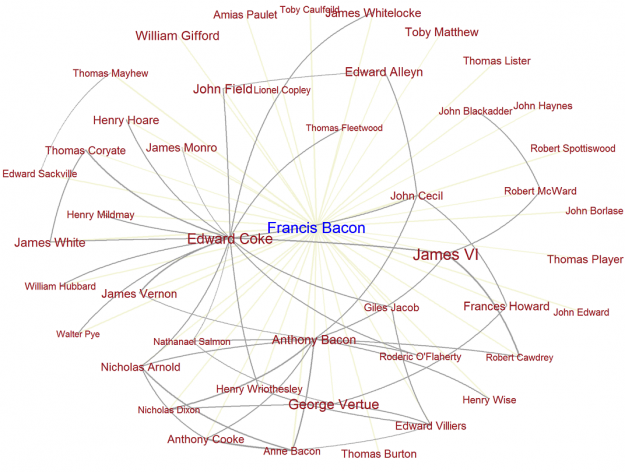SEALS – Semantic Evaluation At Large Scale – Community Page
The community page was added after my first post on the SEAL project.
The next community event:
SEALS to present evaluation results at ESWC 2012
SEALS is pleased to announce that the workshop Evaluation of Semantic Technologies (IWEST 2012) has been confirmed to take place at the leading semantic web conference, ESWC (Extended Semantic Web Conference) 2012, scheduled to take place May 27-31, 2012 in beautiful Crete, Greece.
This workshop will be a venue for researchers and tool developers, firstly, to initiate discussion about the current trends and future challenges of evaluating semantic technologies. Secondly, to support communication and collaboration with the goal of aligning the various evaluation efforts within the community and accelerating innovation in all the associated fields as has been the case with both the TREC benchmarks in information retrieval and the TPC benchmarks in database research.
A call for papers will be published soon. All SEALS community members and evaluation campaign participants are especially encouraged to submit and participate.
If you attend, I am particularly interested in the results of the discussion about “aligning the various evaluation efforts within the community….”
I say that because when the project started, the “about” page reported:
This is a very active research area, currently supported by more than 3000 individuals integrated in 360 organisations which have produced around 700 tools, but still suffers from a lack of standard benchmarks and infrastructures for assessing research outcomes. Due to its physically boundless nature, it remains relatively disorganized and lacks common grounds for assessing research and technological outcomes.
Sounds untidy, even diverse doesn’t it? 😉
To tell the truth, I am not bothered by the repetition of semantic diversity in efforts to reduce semantic diversity. I find it refreshing that our languages burst the bonds that would be imposed upon them on a regular basis. Tyrants of thought, social, political and economic arrangements, the well- and the ill-intended, all fail. (Some last longer than others but on a historical time scale, the governments of the East and West are ephemera. Their peoples, the originators of language and semantics, will persist.)
We can reduce semantic diversity when it is needful or to account for it, but even those efforts, as SEALS points out, exhibit the same semantic diversity as the area they purport to address.
